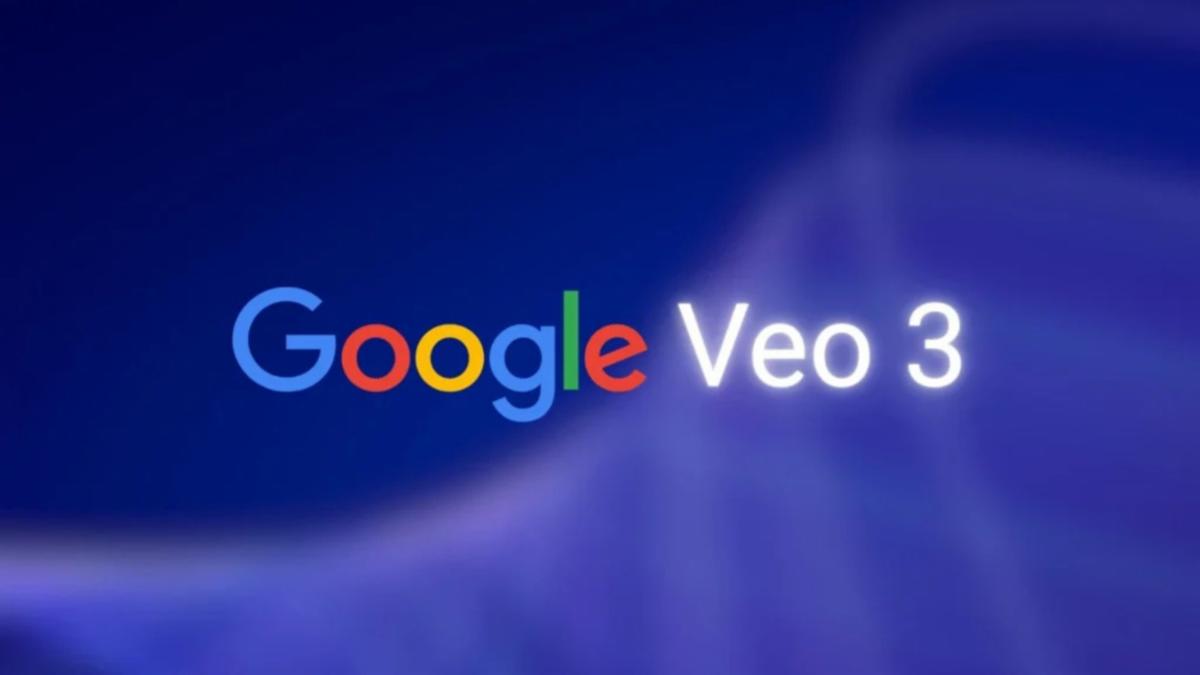Article Body
On a Mumbai Rooftop, a Creator Reaches for the Future
It’s just after midnight in Mumbai, and freelance content creator Ria Sharma stares anxiously at her laptop. She has one shot at pitching a client with a video like they’ve never seen. Her tool of choice: Google’s Veo 3, now freshly unleashed via the Gemini API, promising native audio, caption-perfect lipsync, and cinematic quality—at a price that could change her business overnight. The main keyword, Veo 3, appears right up front because that’s what’s on every developer and creator’s mind as July 2025 upends the visual AI landscape.
Why does this matter now? In the hyper-competitive market for video content, Google’s move signals a breakneck acceleration in AI capabilities—and an unforgiving new cost structure that could determine which creators thrive and which get left behind.
Veo 3 on Gemini API: What’s the Buzz, and Why Now?
Just weeks after its high-profile debut at Google I/O 2025, Google’s rollout of the Veo 3 AI video model for the Gemini API is electrifying the creative tech world. With Veo 3, developers can now generate short, stunning 720p videos—complete with synchronized dialogue, ambient noise, and background music—directly from text prompts, at $0.75 per second. The timing is no accident. 2024 saw AI video generation surge to become one of Google Trends’ fastest-growing categories, and platforms like TikTok, Instagram, and YouTube are thirstier than ever for fresh, hyper-engaging content.
“We designed Veo 3 to set a new bar for realism and interactivity in AI-generated films,” said Josh Woodward, VP of Google Labs and the Gemini app, in a statement marking the expansion. “Developers and creators now have tools that were unimaginable just a year ago—and we’re just getting started.”
What’s Unique? An Unexpected Pricing Shakeup
In a twist that’s surprising even seasoned developers, Veo 3’s new pricing structure is forcing users to confront the real economics of AI-powered video. At launch, Veo 3 is available at $0.75 per second via the Gemini API’s Paid Tier—a 50% jump above Veo 2’s rate (which did not feature sound). For creators producing multiple iterations or requiring longer clips, costs can soar rapidly. For example, a single 8-second sample (the current max per clip) now costs $6—with longer or repeated renders stacking up fast.
| Model | Video + Audio | Max Length | Resolution | Price per Second |
|---|---|---|---|---|
| Veo 2 | No | 8 sec | 720p | $0.50 |
| Veo 3 | Yes | 8 sec | 720p | $0.75 |
Key takeaway: The leap in cost is the first visible sign of premium AI video entering mainstream developer workflows—and it’s putting pressure on everyone, from solo creators to startups, to rethink budgets and business models.
Can I Use Veo 3 Anywhere? Developer Access and Platform Wars
Veo 3’s preview is already available to Gemini API users, AI Ultra and AI Pro subscribers, and (limited) users on Google’s Vertex AI platform and Gemini app. However, there’s a catch: not everyone gets the same experience. While India and other select countries now support the “Veo 3 Fast” variant under the Gemini Pro plan (with limited daily runs), full-featured access still hinges on a paid, cloud-backed subscription—sometimes costing $249.99/month for enterprise-level plans.
YouTube’s upcoming integration of Veo 3—a summer 2025 rollout for AI-powered Shorts creation—hints at fierce competition between Google and rivals like OpenAI’s Sora and Meta’s Emu Video, each racing to capture the fastest-growing creator market in years.
How Advanced Is Veo 3? 2025’s Most Human AI video generation
One of Veo 3’s headline upgrades is tight, native audio: think dialogue, music, and environmental sound—no more awkward post-edits or odd lip syncs. Clips cap at 8 seconds for now, but with up to 450 words in the prompt, creators can steer everything from camera motion to physics, color palette, and style (photorealistic or highly stylized).
-
720p HD at 24fps: Cinematic, platform-friendly quality for previews and social media.
-
Soundscape support: Every generated video can include contextual sound—dialogue, effects, even custom music.
-
Watermarking and safety: Every frame carries an invisible digital SynthID watermark, ensuring AI transparency and provenance, helping platforms combat misinformation.
Statistic: The global AI video generation market is projected to hit $1.96 billion by 2030, with an annual growth rate over 19%—reflecting how essential these capabilities have become for businesses and creatives alike.
PAA: What Makes Veo 3 Different from Other AI Video Models?
Veo 3 is the only widely deployed AI video model that currently offers real-time synthesized audio tightly synchronized to visuals. While Sora (OpenAI) and Emu Video (Meta) compete on realism and length, Veo 3’s strength is prompt precision and all-in-one output, including lifelike ambient sound and dialogue, right out of the box.
What’s the impact?
Creators can achieve higher production value, faster turnaround, and richer storytelling without extensive technical know-how or manual editing. The caveat: every second adds up, both artistically and financially.
PAA: Why Is Veo 3 pricing Controversial?
The new $0.75/sec rate is spurring heated debate across developer forums and creator groups. While the cost is manageable for short-form content and rapid prototyping, longer-form or commercial productions can balloon into thousands of dollars per project. Some users are asking whether Google is setting the stage for “pay-to-create” AI video, favoring large brands and studio-backed influencers.
“Veo 3’s pricing reflects the computational power and data behind these models,” explains Dr. Arun Subramaniam, senior analyst at the Creative AI Institute, London. “But for indie creators and educators, there’s real anxiety—will innovation trickle down, or be walled off by subscription tiers?”
PAA: What Can Developers and Creators Do to Maximize Value?
Actionable steps for readers:
-
Experiment strategically: Use Gemini Studio’s “Fast” tier for quick tests before rendering full-quality videos.
-
Stitch short clips: Since each video is capped at 8 seconds, assemble longer content using external editors or cloud platforms such as Flow.
-
Watch for rollouts: Track regional releases and any price drops or free trial offers—Google often revises features and incentives within weeks of launch.
-
Budget wisely: Plan projects with clip length and iterations in mind to avoid runaway costs.
Bold move: Developers can prototype for free during limited trial windows or under certain Gemini app plans—if they act quickly.
The Next Battle: Democratized AI Video or New Digital Divide?
The introduction of Veo 3 via the Gemini API is more than just a technical leap—it’s a microcosm of the new economics in generative AI. Advanced tools are dazzling, but access and cost are becoming critical questions: Who gets to create with the best tech, and who gets left behind?
As YouTube and other platforms prepare to let millions create with a click, Veo 3’s pricing may boost professional studios and agencies first, while everyday creators must hustle for value, deals, and open-source alternatives.
What will you do if the best AI tools are paywalled? Should AI-powered video remain elite, or do you demand broader access?
Share your thoughts below, tag a friend debating video AI in 2025, or tell us how you’d use Veo 3—creativity and controversy are both welcome.
Key points to remember:
-
Veo 3 is Google’s most advanced, expensive AI video platform—now unlocked for developers worldwide.
-
720p, audio-synced, 8-second clips are changing timelines and expectations.
-
Cost per second is now a key creative constraint—and controversy.
FAQ
Q1: What is Google Veo 3 and how does it work?
Veo 3 is Google’s latest AI video model, generating synchronized visual and audio clips from text prompts, now accessible through the Gemini API and app.
Q2: How much does Veo 3 cost to use through the Gemini API?
Veo 3 costs $0.75 per second for 720p video with audio via the Gemini API, with “Fast” tiers and free trial options in select regions.
Q3: What is the max video length and resolution supported by Veo 3?
The maximum length is 8 seconds per video at 720p and 24fps; multiple clips can be stitched for longer content, especially for YouTube Shorts and social media.


Comments